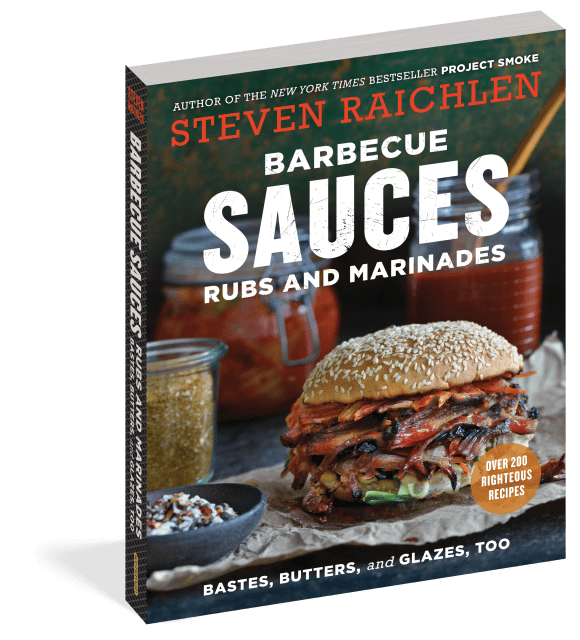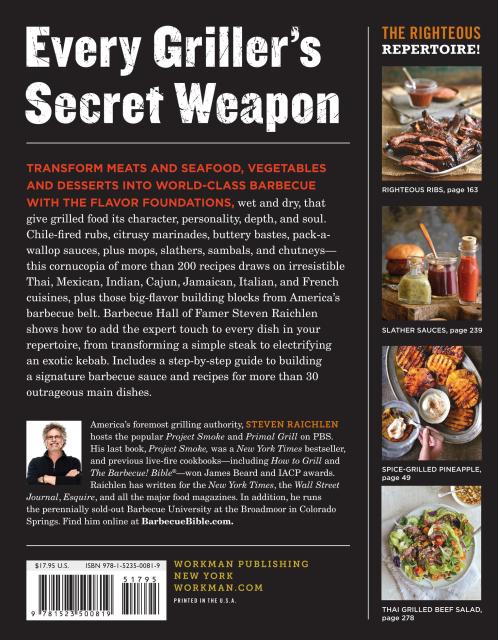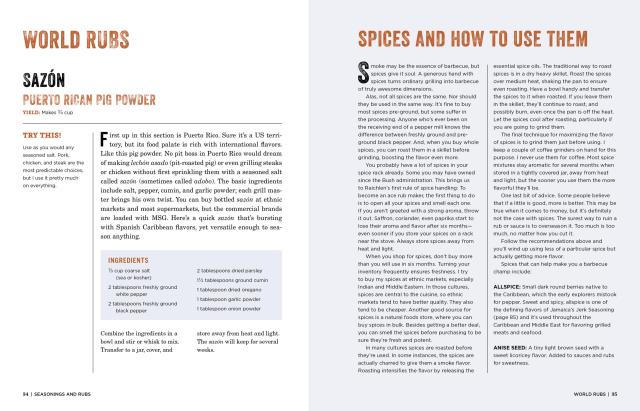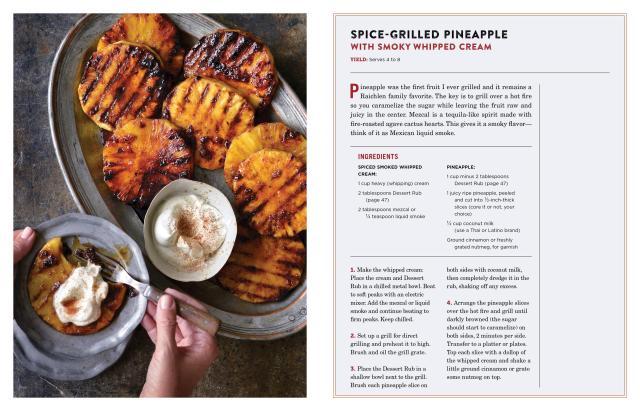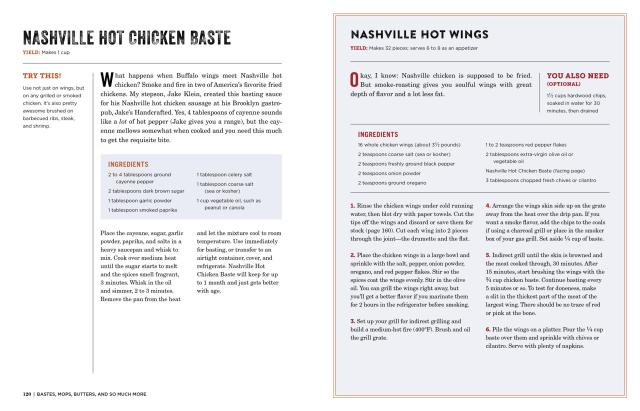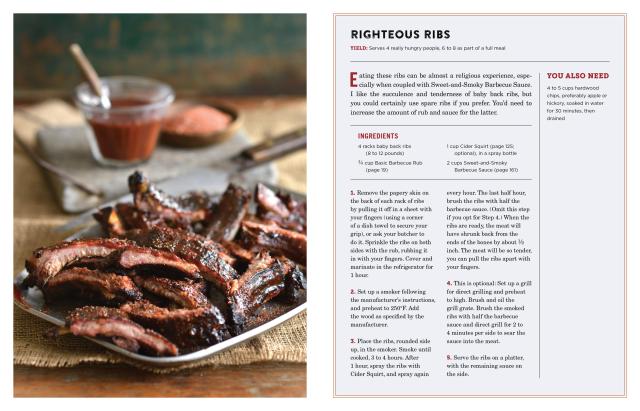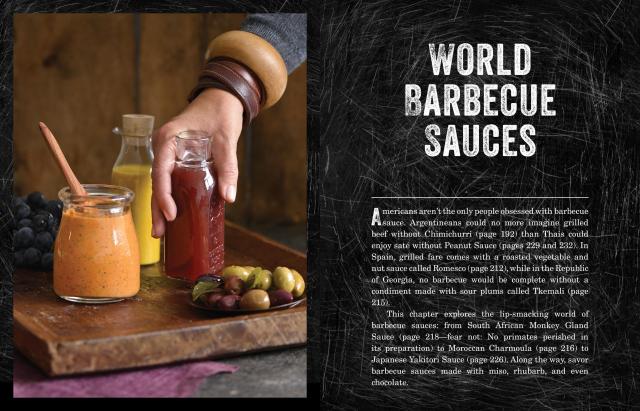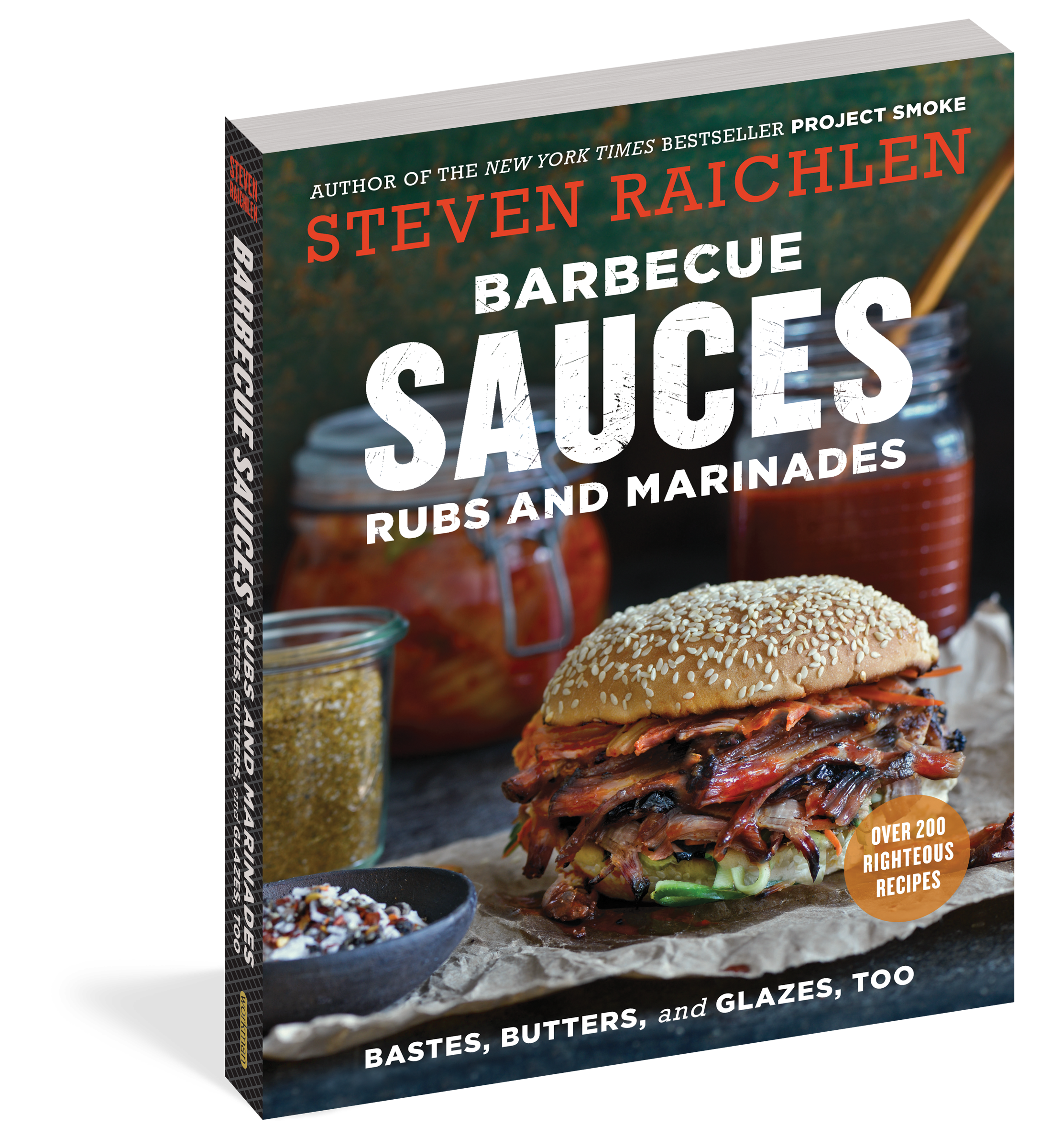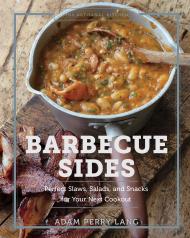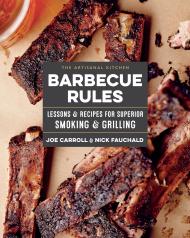Promotion
Use code MOM24 for 20% off site wide + free shipping over $45
Barbecue Sauces, Rubs, and Marinades--Bastes, Butters & Glazes, Too
Contributors
Formats and Prices
Price
$19.95Price
$25.95 CADFormat
Format:
- Trade Paperback (Revised) $19.95 $25.95 CAD
- ebook (Revised) $11.99 $15.99 CAD
This item is a preorder. Your payment method will be charged immediately, and the product is expected to ship on or around May 2, 2017. This date is subject to change due to shipping delays beyond our control.
Also available from:
Every griller’s secret weapon!
Transform meats and seafood, vegetables and desserts into world-class barbecue with the flavor foundations, wet and dry, that give grilled food its character, personality, depth, and soul. Chile-fired rubs, citrusy marinades, buttery bastes, pack-a-wallop sauces, plus mops. slaters, sambals, and chutneys—this cornucopia of more than 200 recipes draws on irresistible Thai, Mexican, Indian, Cajun, Jamaican, Italian, and French cuisines, plus those big flavor building blocks from America’s barbecue belt. Barbecue Hall of Famer Steven Raichlen shows how to add the expert touch to every dish in your repertoire, from transforming a simple steak to electrifying an exotic kebab. Includes a step-by-step guide to building a signature barbecue sauce and recipes for more than 30 outrageous main dishes.
Genre:
-
"A useful companion cookbook for creative barbecue enthusiasts." —Library Journal
- On Sale
- May 2, 2017
- Page Count
- 352 pages
- Publisher
- Workman Publishing Company
- ISBN-13
- 9781523500819
Newsletter Signup
By clicking ‘Sign Up,’ I acknowledge that I have read and agree to Hachette Book Group’s Privacy Policy and Terms of Use
